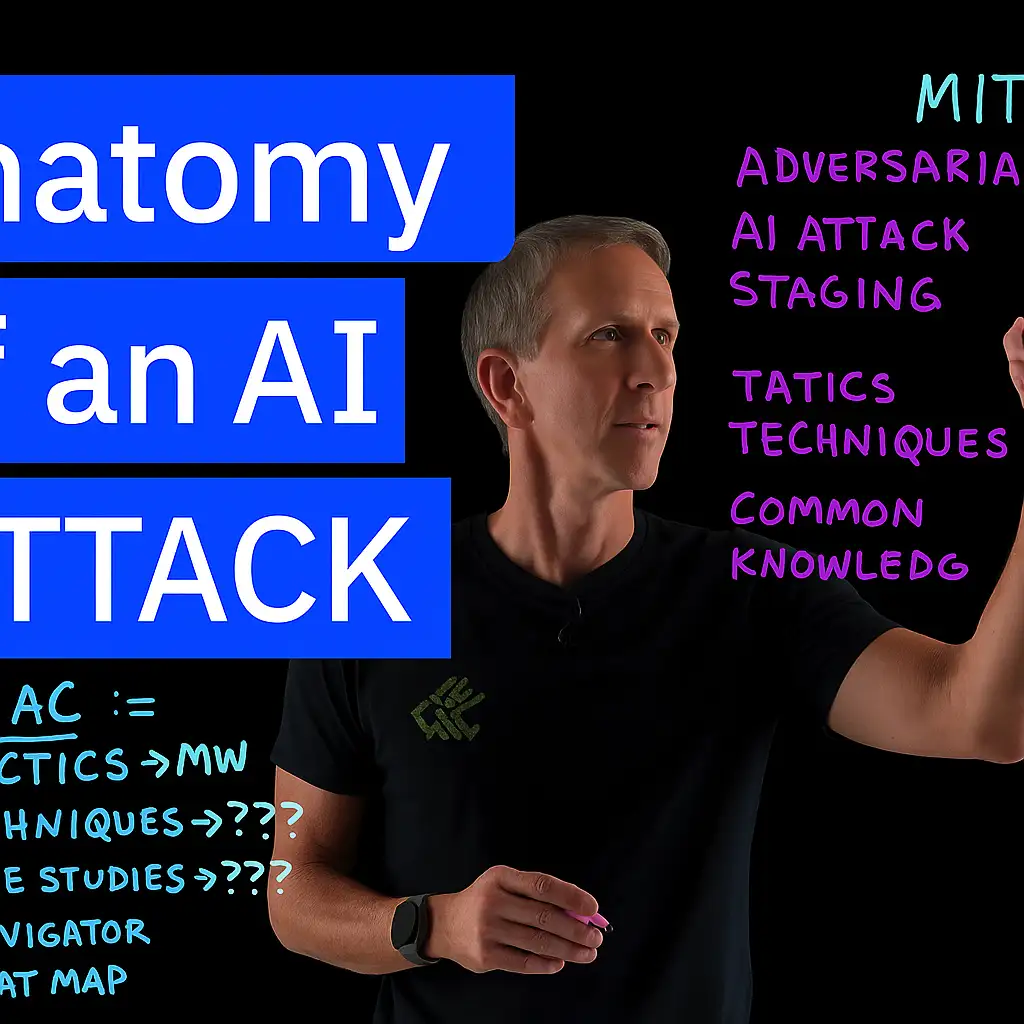The New Era of Security Testing: How Microsoft’s “Project Ire” Shows the Future of Automated Threat Detection

PenligentAI · 12, August 2025
In cybersecurity, penetration testing has long been one of the go-to methods for uncovering vulnerabilities and validating a system’s defenses. But with today’s rapidly evolving threats, traditional manual testing and static scripts are starting to fall behind. We’re now entering a stage where advanced automation and intelligent analysis are becoming just as important as the skills of a seasoned pentester.
Microsoft’s latest project, “Project Ire,” offers a glimpse into what this future might look like—particularly when it comes to malware detection and security testing at scale.

From Pen Testing to Malware Hunting — Closing the Gap
The goal of penetration testing is to simulate real-world attacks in a controlled, authorized environment, helping security teams find and fix weaknesses before criminals exploit them. But in real attacks, malware often plays a central role—sometimes highly customized, sometimes never seen before.
Traditionally, analyzing that kind of malware is a manual job for reverse engineers, a process that can take hours or days per sample. Project Ire changes the game by performing full reverse engineering and classification without any human intervention.
That’s not so far from what advanced penetration testing aims to do—understand the target in depth, identify the most likely attack paths, and adapt on the fly.
Inside the Project Ire Workflow
Microsoft calls Project Ire a “gold standard” process for classifying unknown software. The system can work without any prior context, starting from raw binaries and moving all the way to behavioral analysis.
Here’s how it works:
Automated File Identification and Risk Scanning
The system detects file type and structure, then flags suspicious code segments or risk points.
Control Flow Reconstruction
Using frameworks like angr and Ghidra, it rebuilds the program’s control flow graph (CFG) to map out potential execution paths—similar to how pentesters trace a potential exploit chain.
Function Recognition and Behavioral Analysis
Specialized tools are called via API to pinpoint critical functions and infer possible malicious behaviors based on the context.
Verification and Classification
Evidence is checked against validation tools, and the software is classified as benign or malicious.
Full Evidence Chain Logging
Every step is logged so analysts can review, audit, or refine the detection logic later.

Performance and Real-World Impact
In internal tests, Project Ire correctly identified 90% of files in a large Windows driver dataset, with only a 2% false positive rate. On a harder set of nearly 4,000 challenging files, it classified almost nine out of ten malicious samples correctly, keeping false positives at 4%.
The system is now being integrated into Microsoft Defender’s Binary Analyzer tool, aiming for near real-time detection—even for never-before-seen malware—at the memory analysis level.
Why Pentesters Should Pay Attention
From a penetration testing perspective, there are three major takeaways:
- Automation with Contextual Intelligence – This isn’t just bulk scanning; it’s deep, adaptive analysis that mirrors the reasoning process of a human tester.
- Seamless Tool Integration – Project Ire uses APIs to connect multiple reverse engineering and analysis tools into a single workflow, a model pentest automation platforms can follow.
- Traceability and Compliance – Detailed evidence chains make the results auditable, which is essential for enterprise testing and regulatory requirements.
Looking Ahead — Security Testing That Works in Both Directions
Imagine a penetration testing platform that, mid-engagement, could automatically reverse-engineer and classify any custom payload it encounters—just like Project Ire—feeding that intelligence back into the simulated attack. This would mean:
- Faster, more informed exploitation path mapping.
- Immediate detection and countermeasure development for new attack code.
- A closed loop where offensive and defensive testing happen in real time.
Why Penetration Testing Is More Necessary Than Ever
Today’s attacks move fast, often blending zero-day vulnerabilities, fileless malware, and multi-stage payloads. If your testing only checks for known weaknesses or relies on outdated tools, you’re leaving massive blind spots.
Continuous, intelligence-driven penetration testing isn’t just about “finding holes” anymore—it’s about proving your defenses can adapt under pressure. Projects like Microsoft’s Ire show that the technology now exists to make this kind of testing more automated, scalable, and precise. The next step is integrating it into every organization’s security lifecycle, so that defense is always one step ahead of the attack.